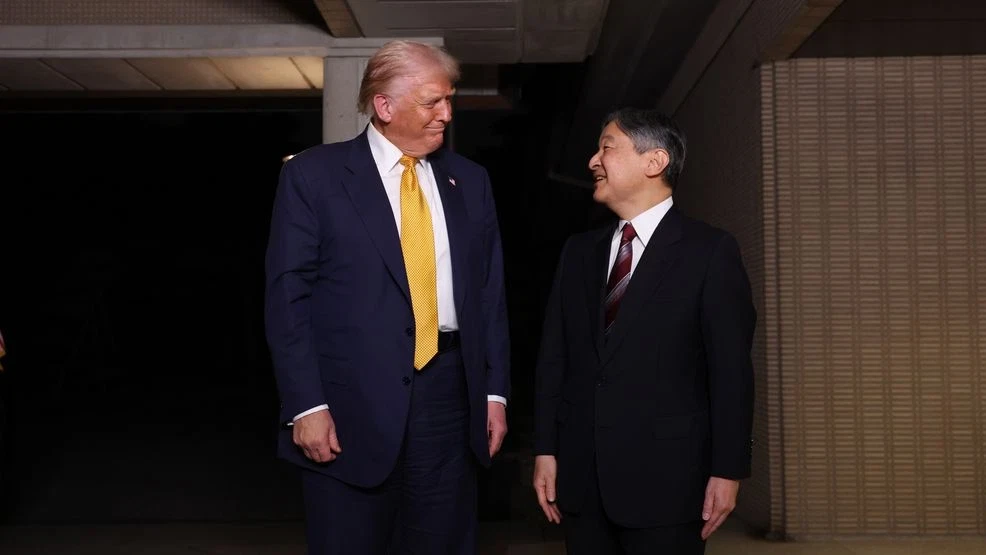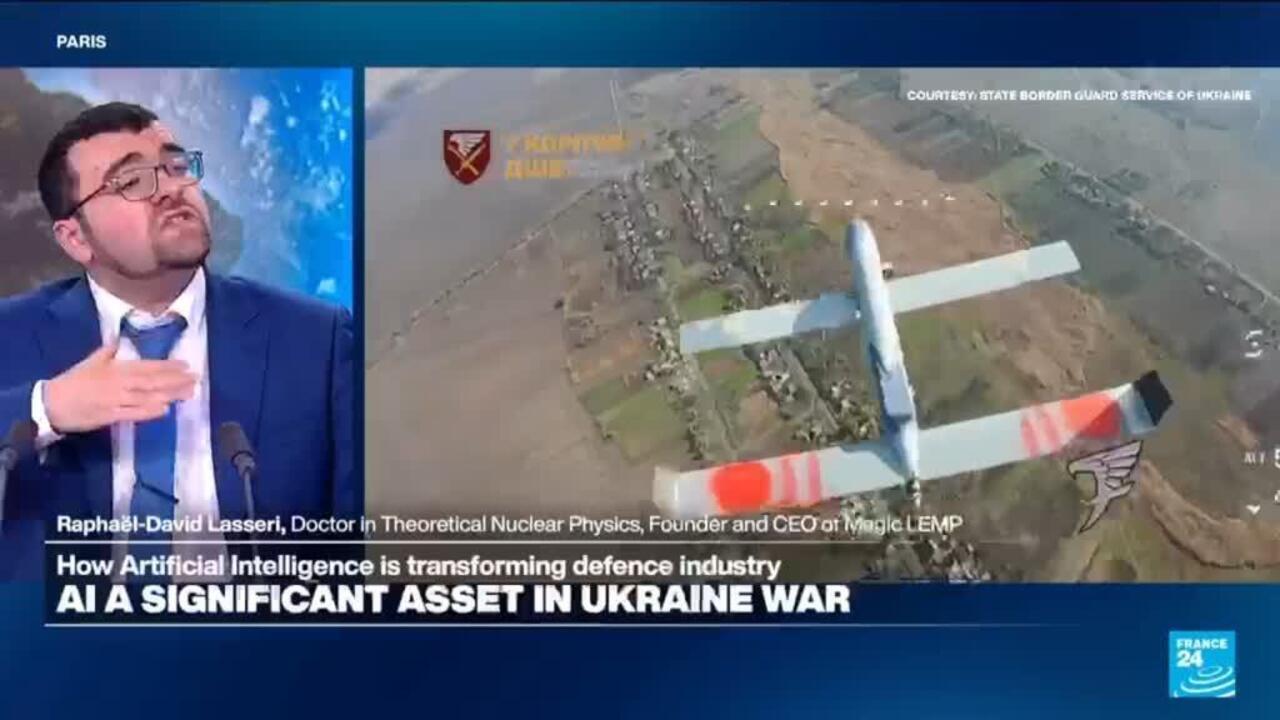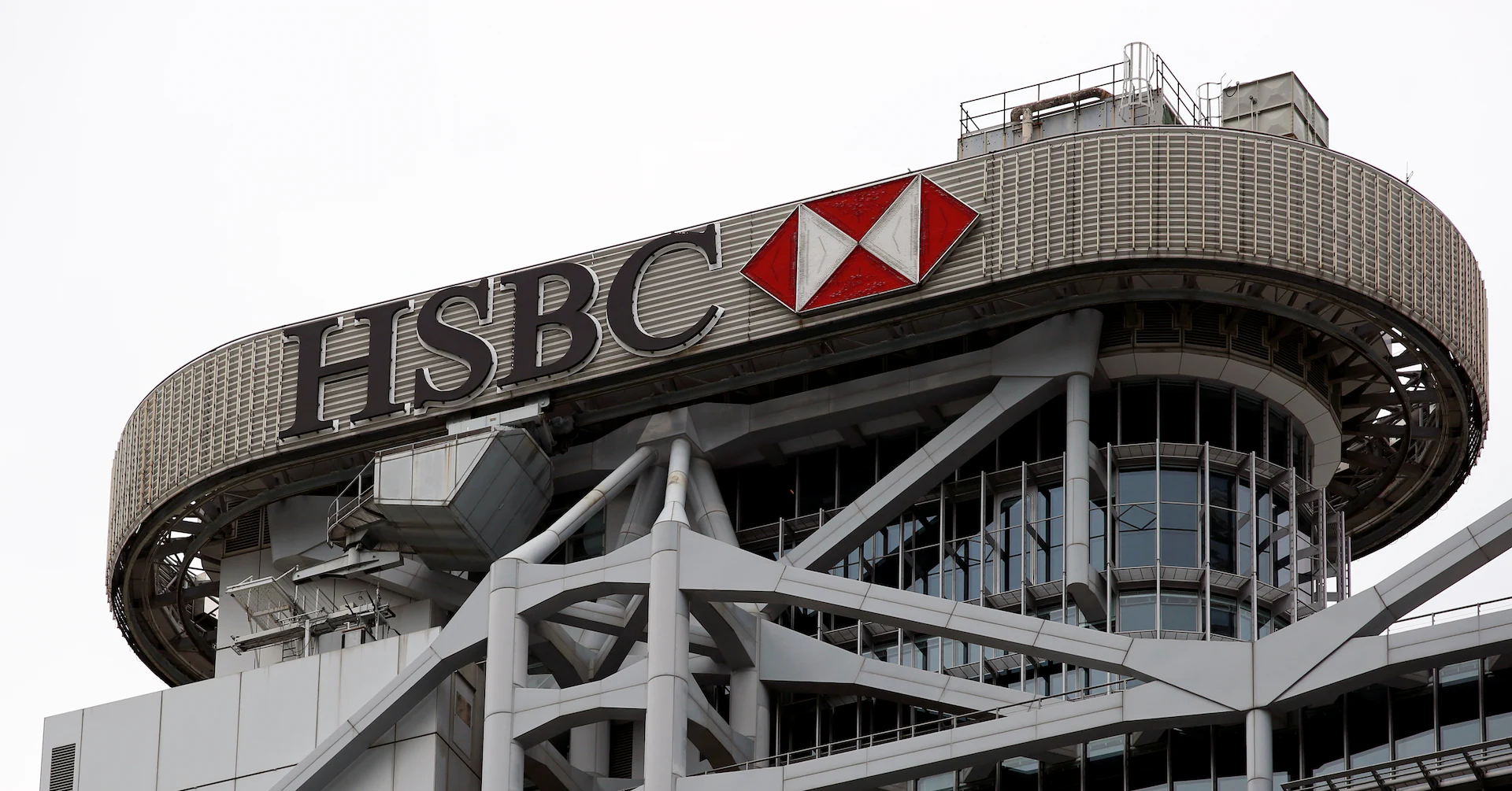Copyright Baltimore News

A long-awaited trade deal between the United States and China could soon be signed during President Donald Trump’s trip to Asia, according to marking what could be a major turning point after months of economic warfare between the world’s two largest economies. Both countries have suffered economic fallout from the sweeping tariffs, which have reshaped global trade flows and driven up costs for businesses and consumers alike. U.S. Tariffs Hit Nearly Every Country Currently, the United States is charging at least 10% on virtually all imports, a baseline tariff that’s been in place since April 2, according to the . But certain nations have been hit much harder. According to data from the countries like India and Brazil are facing tariffs of roughly 50% once all additional layers are factored in. China remains a central target, with new 100% tariffs on set to take effect on Nov. 9th. That could change soon, depending on how trade talks play out this week, and whether the Supreme Court decides to uphold or strike down the president’s tariff authority altogether. The decision from SCOTUS is expected as early as next week. Allies Negotiate Lower Rates While some nations have faced steep penalties, America’s closest allies have managed to secure more favorable terms. Under a , Britain’s exports remain subject to just 10% tariffs, the lowest level under the new trade policy. agreement in September, will see most of its goods taxed at 15%, still higher than before, but far below the rates imposed on countries like India or Brazil. Despite the revenue boost, over the next decade by the TPC, economists warn that the tariffs could cost the average American family about $2,600 a year, as importers pass costs down to consumers. How We Got Here: The Roots of the Trade War The latest developments come as that the U.S. and China have mapped out the framework for a trade deal, ahead of President Trump’s meeting with Chinese President Xi Jinping on Thursday. But this moment has been decades in the making. China’s entry into the World Trade Organization (WTO) in 2001 was seen as a win-win at the time, according to the . The U.S. gained access to cheaper goods, while American companies looked forward to selling into China’s vast market. But over time, the scales tipped. As China’s manufacturing sector exploded, U.S. factories couldn’t keep up. Economists dubbed it the “China Shock”, referring to the millions of American manufacturing jobs that vanished as production shifted overseas. Between 1999 and 2011 alone, nearly 6 million factory jobs were lost, with about 1 million directly linked to Chinese competition, according to the The turning point came in 2018, when the Trump administration launched sweeping Section 301 tariffs targeting $350 billion worth of Chinese imports, citing intellectual property theft, forced technology transfers, and unfair state subsidies, according to the China of its own, sparking a trade war that continues to reverberate through global markets today. Despite the friction, China remains one of America’s most important trading partners, accounting for about 13% of all U.S. imports. And while tariffs have raised revenue, they’ve also rippled across supply chains, pushing up prices for everything from electronics to machinery. What’s Next With the possibility of a new trade deal on the horizon, the stakes couldn’t be higher. If an agreement is reached, it could ease years of tension and stabilize key supply chains. But if negotiations falter, or if the Supreme Court challenges the president’s trade powers, the tariff landscape could shift yet again, reshaping the global economy once more.



